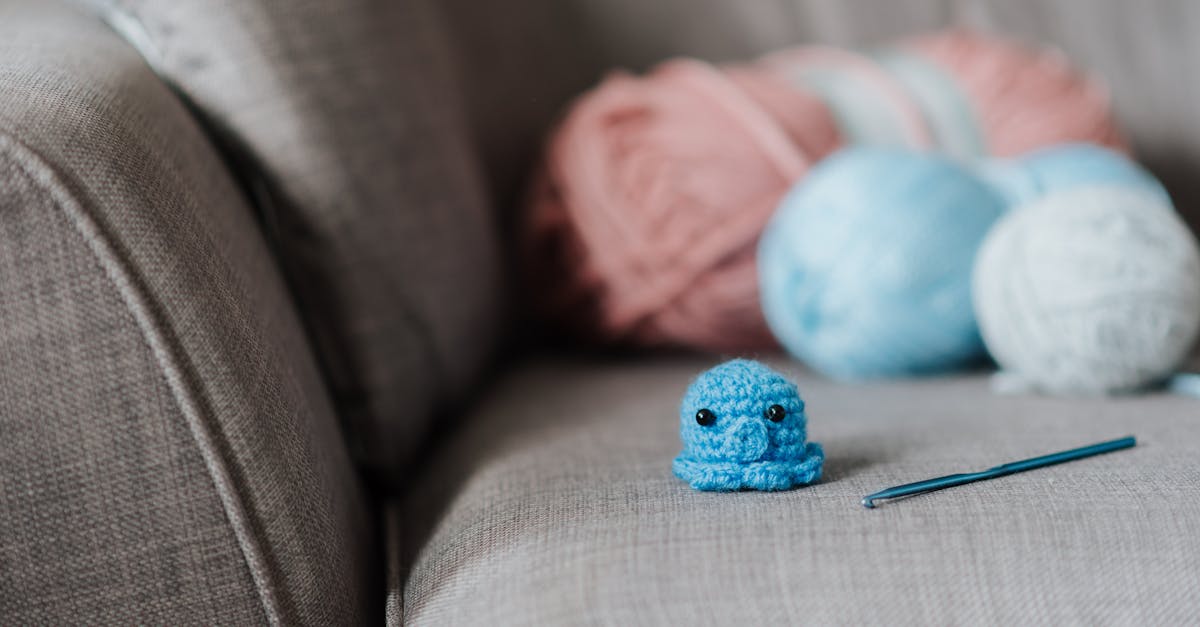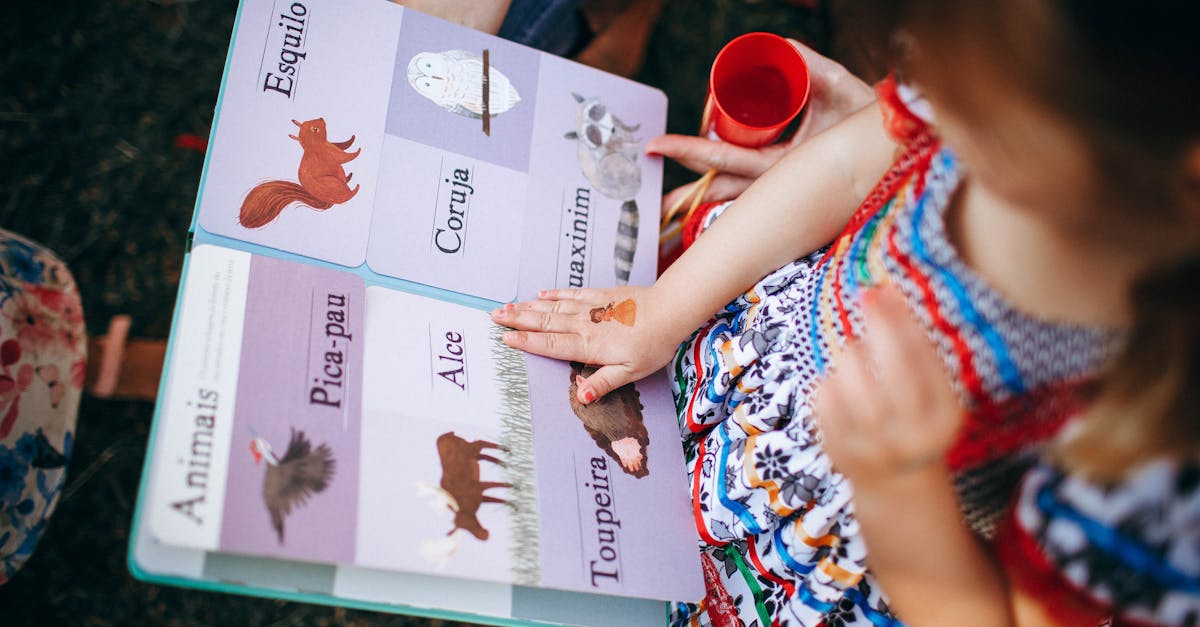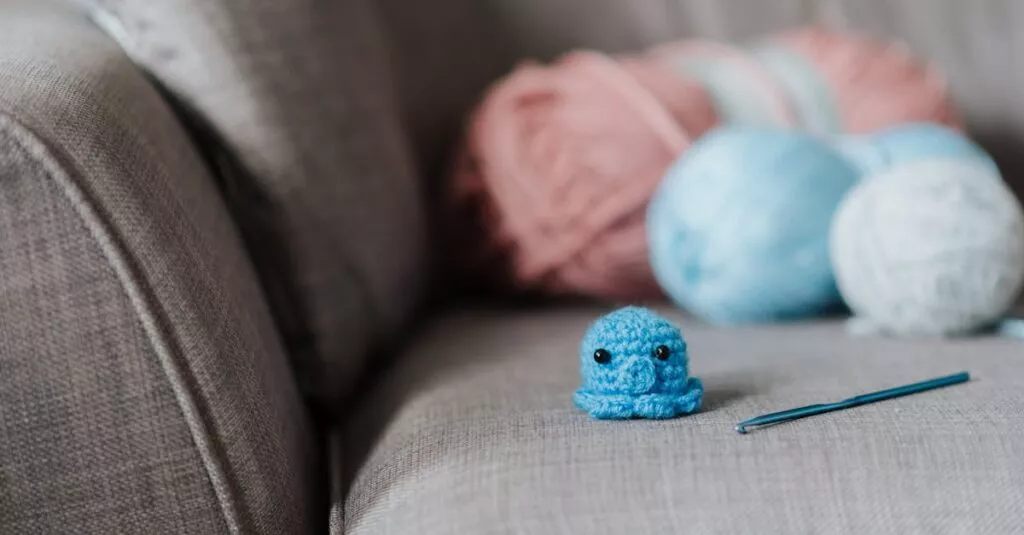The Magic Begins: Introducing Your Newborn to Educational Toys
Gone are the days when babies were thought to only sleep, eat, and fill diapers. Today, we understand the immense world of learning that opens up right from birth. Integrating educational toys into your newborn’s playtime isn’t just about giving them something to do. It’s about sparking curiosity, enhancing developmental milestones, and, yes, buying yourself a peaceful cup of coffee while they’re engrossed. Starting with soft, high-contrast toys can captivate their attention and initiate cognitive development.

Introducing your newborn to educational toys is a magical journey that sets the foundation for a lifelong love of learning. Make sure to choose toys that are safe, age-appropriate, and engaging to help your little one thrive.
Sensory Play: The Gateway to Learning
Sensory play, in its essence, is a child’s first language in understanding the world. From textured balls to musical toys, these activities strengthen your newborn’s sensory pathways, contributing to their physical and emotional growth. Remember, it’s not about the complexity of the toy but the richness of the experience. Something as simple as a homemade shaker can turn into a fascinating, giggle-inducing discovery.

Crafting Moments: DIY Educational Activities
Who said educational resources need to be bought? That empty box from your last online shopping spree can be a treasure trove. With a bit of creativity, transform household items into enchanting DIY playthings. It’s not just economical; it’s environmentally friendly. Plus, crafting these toys can become a bonding activity, creating memories that last a lifetime alongside cognitive benefits.

Screen Time or Scream Time? Navigating Digital Educational Content
In today’s digital age, screen time is a contentious topic. While there’s a plethora of educational content online, the key is moderation and interaction. Animated stories or gentle music videos can be beneficial if you’re watching alongside your little one, discussing what’s on the screen. It turns a potentially passive activity into an engaging, learning session.

Reading Time: Not Just for Bedtime Stories
Contrary to popular belief, reading to your newborn is far from futile. This activity is foundational, paving the way for language acquisition and emotional bonding. It’s the tone, the rhythm, and the cuddle time that counts at this stage, not just the storyline. So, grab that colorful picture book and let your narration skills shine.

Catch the Cues: Understanding Your Newborn’s Learning Signals
Every baby is unique, and recognizing the non-verbal cues can guide you in choosing the right activity. Some might revel in tactile exploration while others prefer the calm of auditory stimulation. Observing and reacting to their signals not just fosters learning but also strengthens your bond. Trust your instincts; you know your baby best.

Tactile Exploration:
Some babies respond best to tactile experiences. They enjoy touching and feeling objects around them. Providing them with safe and textured toys can help in their sensory development.
Auditory Stimulation:
Other babies might be soothed and stimulated by sounds. Soft music, nature sounds, or rhymes can engage their auditory senses and contribute to their cognitive growth.
Visual Engagement:
Visual stimulation is important for newborns. High-contrast patterns, bright colors, and gentle movements can attract their attention and support their visual development.
